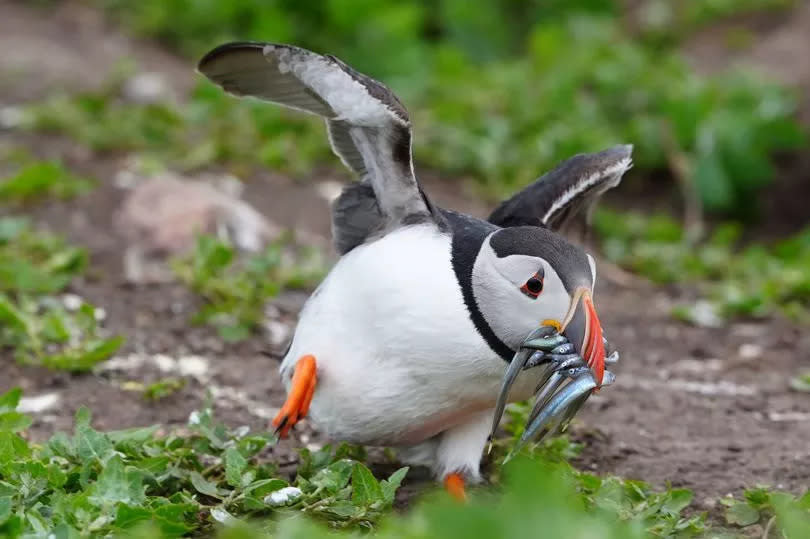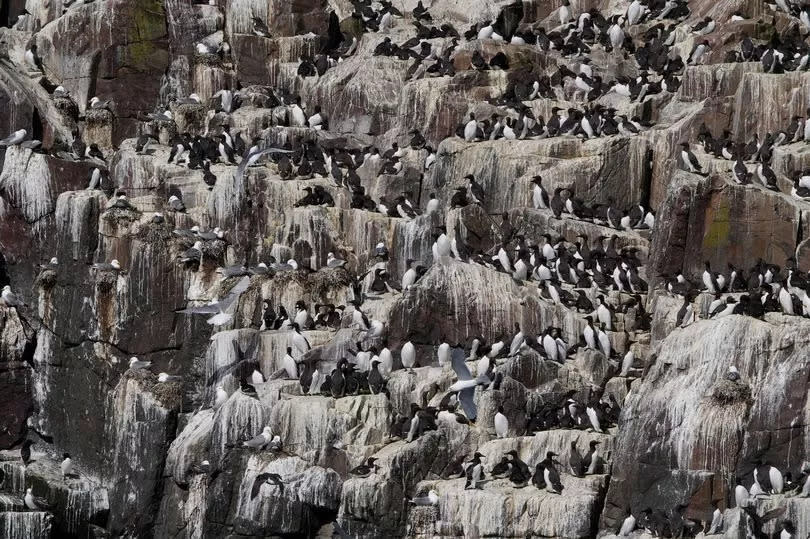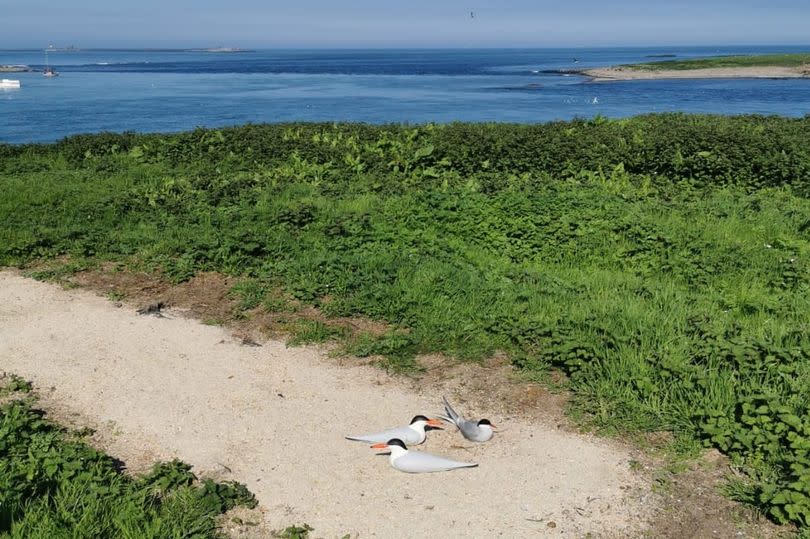'No sign of bird flu' on Farne Islands as first full puffin count since 2019 gets underway

There have been no signs of bird flu on the Farne Islands so far this summer, rangers say, as the first full puffin count since 2019 gets underway.
National Trust rangers have already started the first full puffin census since 2019 in what the National Trust has called a "critically important" year for the characterful seabirds, which are red-listed. Counts have gone ahead in recent years, but with severe disruption - firstly due to the Coronavirus pandemic in 2020 and 2021 - and then due to outbreaks of avian influenza (AI), better known as bird flu, in 2022 and 2023.
Limited sample surveys across two to four years indicate the average number of breeding pairs as around 39,000; compared to 44,000 back in 2019. Rangers will spend the whole of June on this year's puffin count (with counts for other seabirds too), with eight of the 28 Farne Islands being surveyed, with the National Trust hoping for a more complete picture of how the birds are faring.
Read more: World's oldest vehicle suspension bridge in Northumberland set for six-week closure
Keep up to date with all the latest local news from Northumberland with our free newsletter
Puffins have been on Inner Farne since late March, and some of the first pufflings have already started to hatch. The birds, nicknamed the clowns of the sea, will remain until the last pufflings hatch in mid-August, before spending the rest of the year at sea.
Rangers monitor puffin burrows to see if they are occupied, with signs of occupation including signs of fresh digging or loose soil, while rangers sometimes putting their arm into the burrow to check for occupants, sometimes resulting in a painful nip! However, for the first time this year, rangers are planning to use endoscope cameras to investigate the burrows.
At a count carried out when ChronicleLive visited Inner Farne on Wednesday, 20 puffin burrows were found to be occupied in a five by five metre square, which rangers described as "really positive".

Despite there being no signs of bird flu this year, it is still expected to be a challenging season for seabirds not only on the Farnes, but around the UK. Tom Hendry, area ranger for the National Trust on the Farne Islands, estimates an overall 46% decline in the amount of birds on the inner group of islands at present.
Tom said: "The bird numbers are down on what we think they should be, so it could be a bit of a legacy of bird flu but we also think it's something of unseasonably bad weather and a cold start to the season, and we had some bad storms over winter. The terns, once they settle more can arrive, but things like guillemots, kittiwakes, and shags, it's probably the peak now, so we shouldn't expect anymore, unfortunately."
The Trust warned that some seabirds are suffering stark declines, with shag numbers 85% down on what's usually expected. Storms affect their ability to feed, which in turn means they can't get oil from fish which make their wings waterproof.

Arctic terns have arrived later and in smaller numbers, and guillemot numbers are down by 46% as colonies continue to recover from bird flu. As well as carrying out the puffin count, rangers are undertaking cliff counts, to get a clearer picture on numbers of cliff nesting birds.
They have also been working hard to create an optimum habitat for the birds, including habitat management and creating nesting patches by using sand and gravel, and placing decoy birds to attract them. Sophia Jackson said that the decoy terns were so good at encouraging birds to land, nest and lay eggs, that the painted, wooden birds had fooled some visitors.

Ben McCarthy, head of nature conservation at the National Trust, said: "Our breeding seabird colonies are internationally important, but are being impacted by many pressures such as food availability and climate change. The ongoing pressures the birds face each year is a sombre reminder of the work that still needs to be done to restore nature.
"Our monitoring efforts are a crucial piece of the jigsaw in understanding how efforts to conserve these birds are faring and just how much work is still left to do if we want to achieve the international targets of 30% of our seas being restored and healthy for nature by 2030."

 Yahoo News
Yahoo News 
